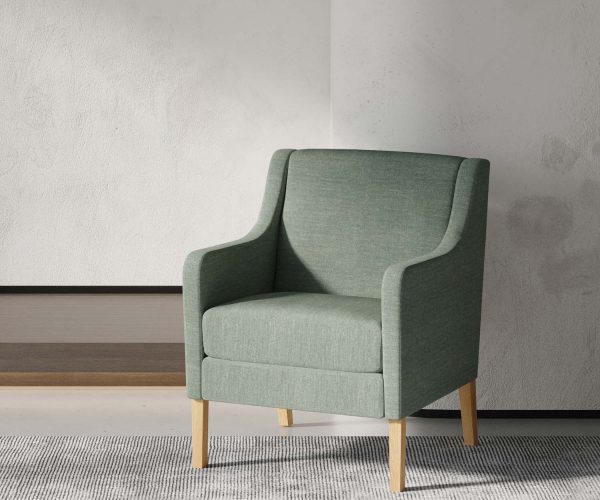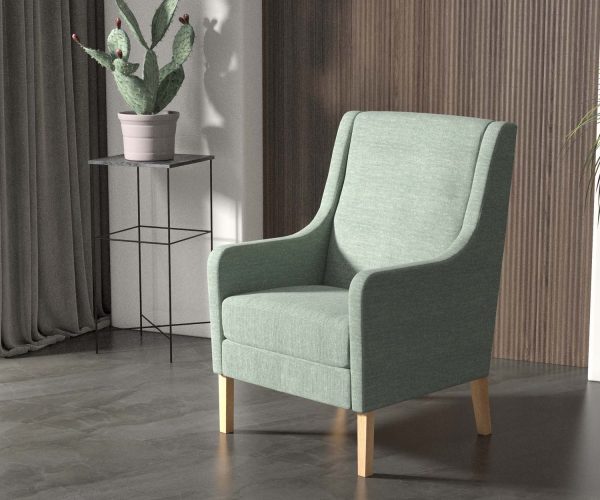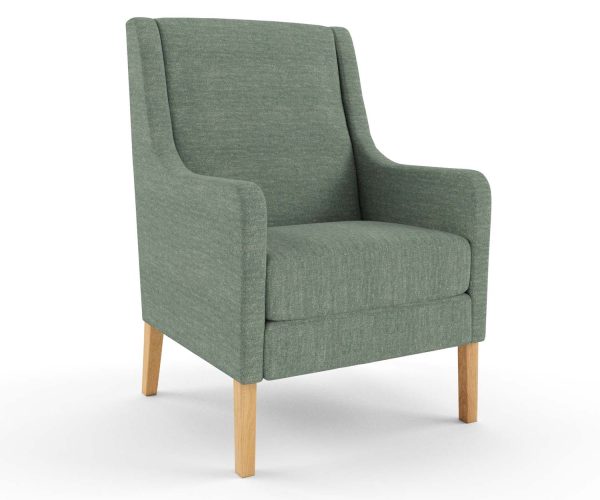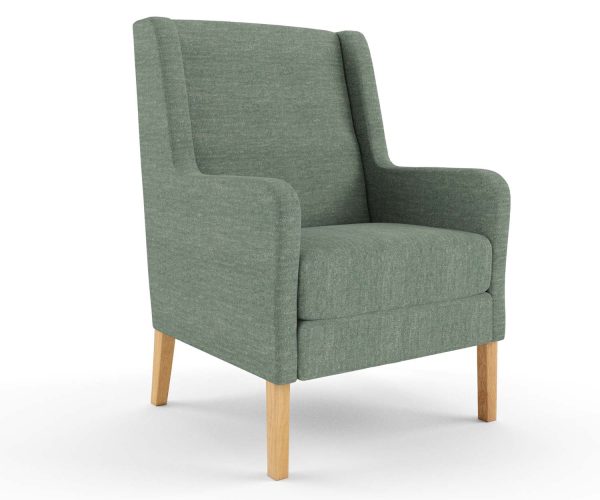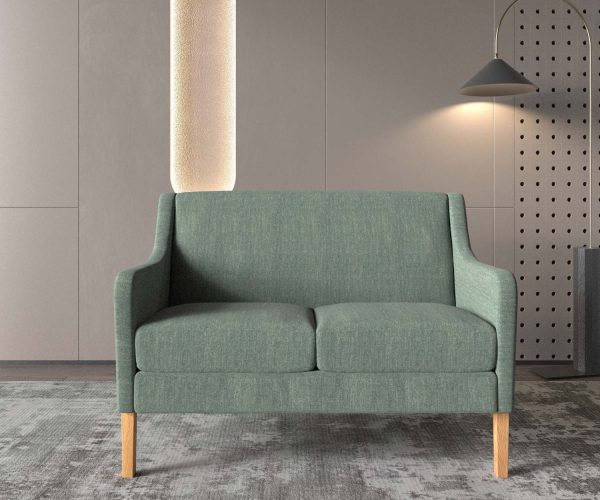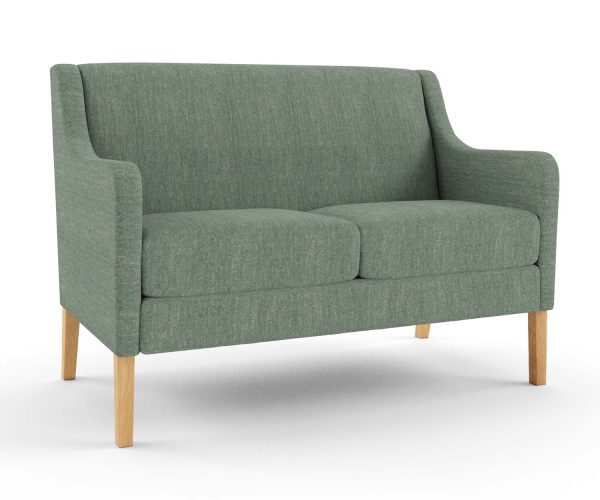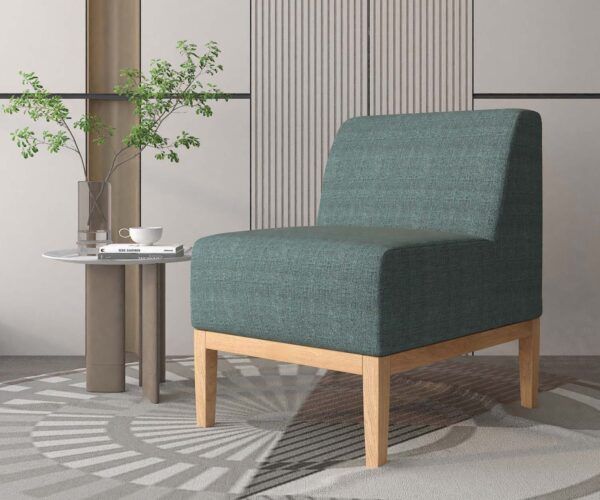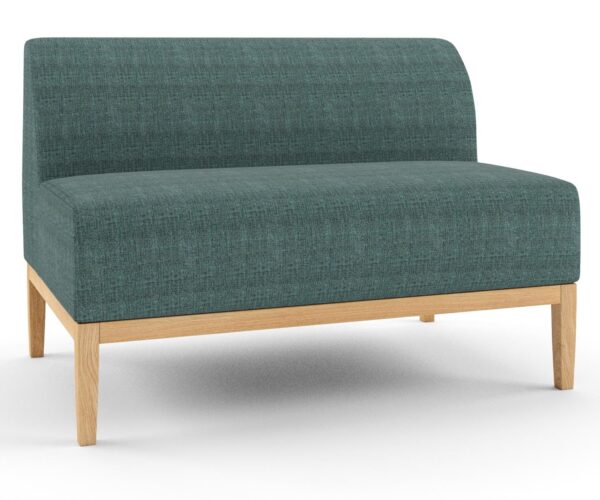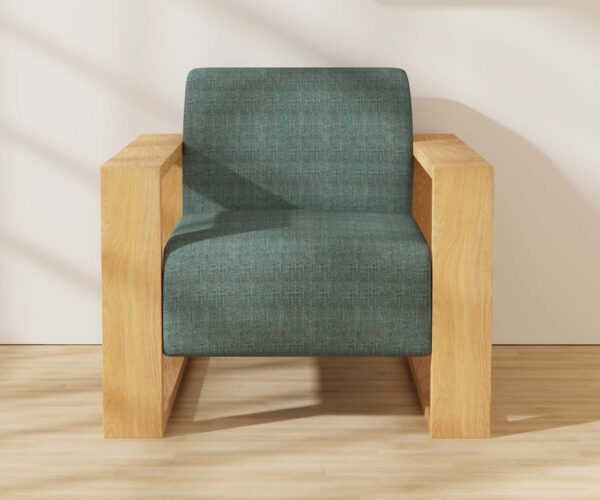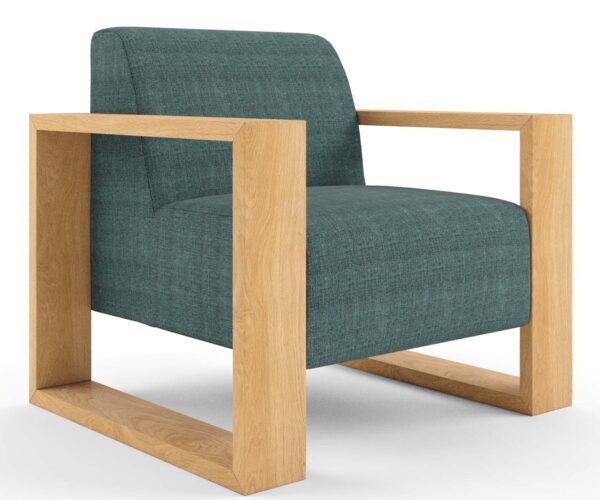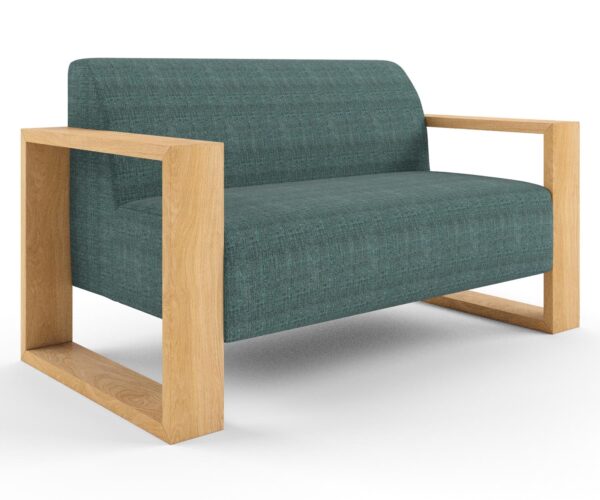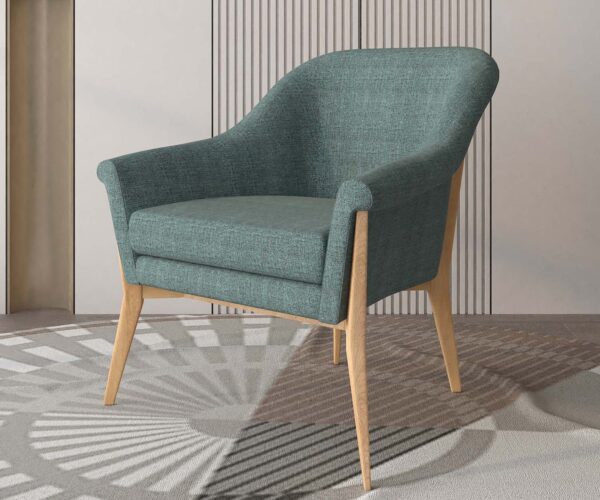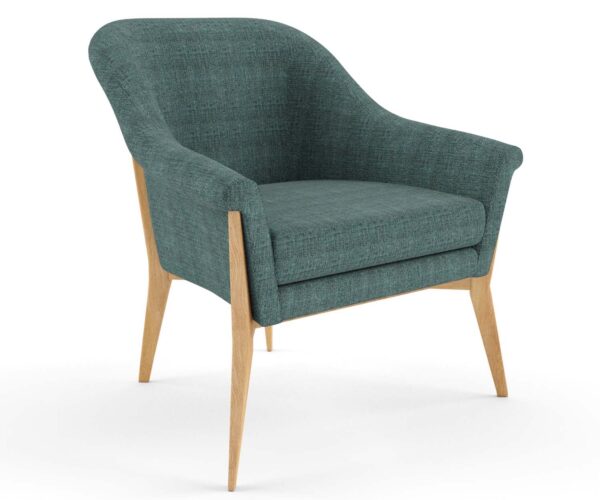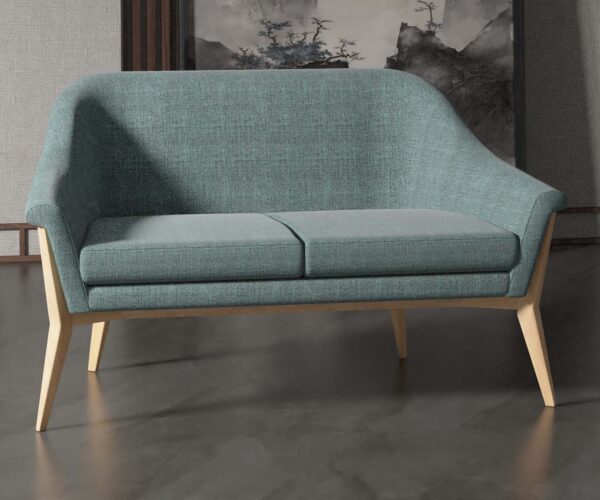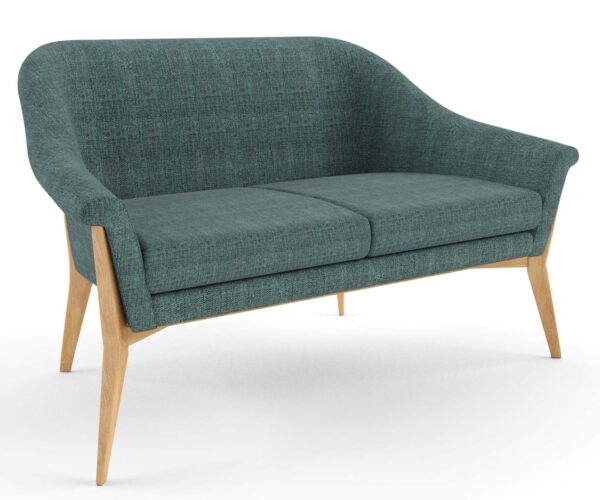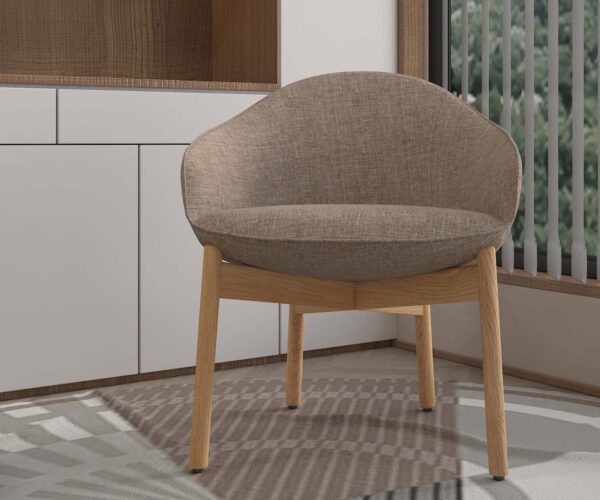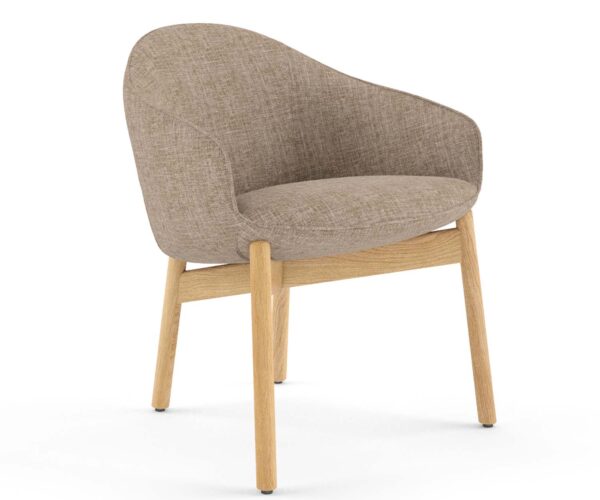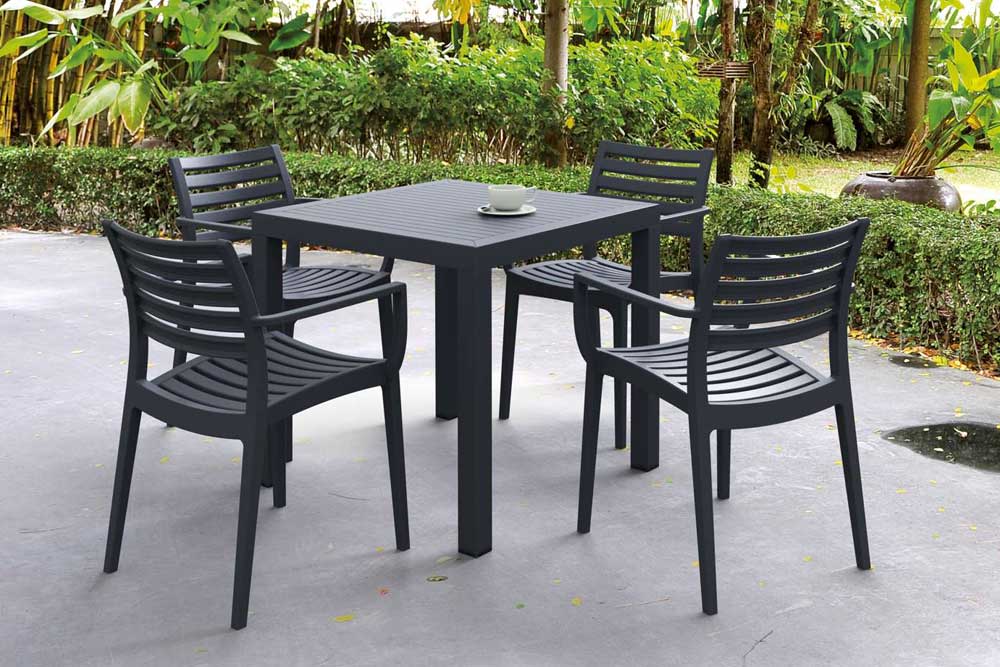Creating Community: How Furniture Eases Social Isolation Among the Elderly in Aged Care

Combating social isolation among residents living in aged care is a pressing concern for facility managers. Fostering a sense of community and belonging becomes paramount for promoting the mental and emotional wellbeing of elderly residents. In this article, we explore the pivotal role furniture plays in alleviating social isolation and cultivating a vibrant community within aged care facilities.
Understanding the Impact of Social Isolation
Social isolation and loneliness pose significant risks to the health and happiness of elderly individuals. Studies have linked prolonged social isolation to increased risk of depression, cognitive decline, and even mortality. For residents in aged care facilities, the transition to communal living can exacerbate feelings of loneliness and disconnection, making it essential for facility managers to proactively address these challenges.
The Power of Community Spaces
Community spaces within aged care facilities serve as the heartbeat of social interaction and engagement. Whether it’s a common area, dining room, or outdoor courtyard, these spaces provide opportunities for residents to come together, forge friendships, and participate in meaningful activities. However, the effectiveness of these spaces in fostering community largely depends on their design and layout, with furniture playing a central role in shaping residents’ experiences.
Here are some tips for using furniture to create community spaces in aged care:
- Prioritize Comfort: Choose furniture pieces that are comfortable, inviting and fit for purpose. Appropriate furniture choice encourages residents to spend time in communal areas and engage with one another.
- Arrange Seating for Interaction: Arrange furniture in a way that promotes face-to-face interaction and encourages conversation. Consider placing seating options in clusters or circles to facilitate group discussions and socializing.
- Include Varied Seating Options: Offer a variety of seating options to accommodate different preferences and mobility needs. This could include armchairs, benches, dining chairs with and without arms, and even power lift recliners.
- Create Cozy Nooks: Designate cozy nooks or corners with comfortable seating and soft lighting where residents can retreat for quiet conversation or relaxation.
- Incorporate Flexible Furniture: Choose furniture with flexible features, such as adjustable tables and modular seating, that can be easily rearranged to accommodate different activities and group sizes.
- Design Accessible Spaces: Ensure that furniture arrangements and layouts are accessible to residents with mobility aids, such as wheelchairs or walkers. Leave ample space between furniture pieces for easy navigation.
- Add Personal Touches: Incorporate personal touches and decorative accents, such as throw pillows, blankets, and artwork, to create a warm and inviting atmosphere that feels like home.
- Promote Technology Integration: Integrate technology-friendly features into communal spaces, such as charging stations and Wi-Fi access points, to enable residents to stay connected with loved ones and access digital resources.
- Encourage Participation: Host regular activities and events in communal spaces to encourage resident participation and social interaction. Consider organizing group activities like game nights, movie screenings, or arts and crafts sessions.
- Seek Resident Input: Involve residents in the design and planning process by soliciting their feedback and preferences for communal spaces and furniture. This helps ensure that the spaces reflect their needs and interests, fostering a sense of ownership and community.
Designing Furniture for Connection
Thoughtful furniture selection and arrangement can significantly impact the social dynamics within communal areas. Comfortable seating arrangements that facilitate conversation, such as clustered seating groups or circular arrangements, encourage residents to interact and engage with one another. Additionally, incorporating a mix of seating options, from sofas and armchairs to benches and dining sets, accommodates varying preferences and mobility needs, ensuring inclusivity for all residents.
Promoting Engagement Through Furniture Design
Beyond functionality, furniture design can also promote resident engagement and participation in communal activities. Incorporating versatile furniture pieces, such as adjustable tables or modular seating, allows for flexible use of space, facilitating a range of activities from group discussions and game nights to arts and crafts sessions. Furthermore, integrating technology-friendly features, such as built-in charging stations or Wi-Fi access points, enables residents to stay connected with loved ones and access digital resources, further enhancing their sense of belonging.
Creating Comfortable, Homelike Environments
In addition to promoting social interaction, furniture design should prioritize creating comfortable, homelike environments that residents enjoy spending time in. Soft, supportive furnishings, cozy textiles, and warm lighting contribute to a welcoming atmosphere that encourages residents to linger and socialize. Personal touches such as family photos, decorative accents, and seasonal decorations add warmth and character to communal spaces, reinforcing a sense of community and belonging.
Beyond Mere Functionality
In aged care facilities, the role of furniture extends far beyond mere functionality; it serves as a catalyst for building community and alleviating social isolation among elderly residents. By thoughtfully selecting and arranging furniture to facilitate social interaction, engagement, and comfort, facility managers can create environments where residents feel connected, valued, and supported. Ultimately, investing in community-focused furniture design not only enhances the quality of life for elderly residents but also fosters a sense of belonging and fulfillment that enriches their overall wellbeing.
10 FAQs on the Role of Furniture in Alleviating Social Isolation Among the Elderly in Aged Care
1. What role does furniture play in alleviating social isolation among elderly residents in aged care facilities?
Furniture serves as a key facilitator of social interaction by providing comfortable, inviting spaces where residents can gather, converse, and participate in activities together.
2. How can facility managers optimize communal spaces to promote social engagement?
Facility managers can optimize communal spaces by selecting and arranging furniture to encourage interaction, incorporating versatile seating options, and creating comfortable, homelike environments that residents enjoy spending time in.
3. What types of furniture arrangements are most conducive to fostering community in aged care facilities?
Furniture arrangements that promote face-to-face interaction, such as clustered seating groups or circular arrangements, are most conducive to fostering community in aged care facilities.
4. How can furniture design accommodate the diverse needs and preferences of elderly residents?
Furniture design can accommodate diverse needs and preferences by offering a mix of seating options, incorporating adjustable features for flexibility, and ensuring accessibility for residents with mobility challenges.
5. What are some examples of activities that can be facilitated by community-focused furniture design?
Community-focused furniture design can facilitate a wide range of activities, including group discussions, game nights, arts and crafts sessions, and technology-based interactions.
6. How can facility managers incorporate technology-friendly features into communal spaces?
Facility managers can incorporate technology-friendly features into communal spaces by providing built-in charging stations, Wi-Fi access points, and digital display screens for residents to stay connected and engaged.
7. What role do personal touches and decorative accents play in creating a sense of community in communal spaces?
Personal touches and decorative accents add warmth and character to communal spaces, fostering a sense of familiarity and belonging among residents.
8. How can facility managers ensure that communal spaces remain inclusive and welcoming for all residents?
Facility managers can ensure inclusivity by selecting furniture that accommodates varying mobility needs, providing ample seating options, and fostering a culture of respect and inclusiveness among residents.
9. What are some strategies for encouraging residents to utilize communal spaces and engage with one another?
Strategies for encouraging resident engagement include hosting regular activities and events, promoting socialization through organized programs, and soliciting feedback and input from residents on their preferences and interests.
10. How can facility managers evaluate the effectiveness of their furniture design in promoting social interaction and reducing social isolation?
Facility managers can evaluate effectiveness through resident feedback, observation of resident behavior in communal spaces, and tracking participation rates in activities and events organized within the facility.
Australian Made Furniture: Designed for Longevity in Aged Care Settings
More News
Creating Community: How Furniture Eases Social Isolation Among the Elderly in Aged Care

Combating social isolation among residents living in aged care is a pressing concern for facility managers. Fostering a sense of community and belonging becomes paramount for promoting the mental and emotional wellbeing of elderly residents. In this article, we explore the pivotal role furniture plays in alleviating social isolation and cultivating a vibrant community within aged care facilities.
Understanding the Impact of Social Isolation
Social isolation and loneliness pose significant risks to the health and happiness of elderly individuals. Studies have linked prolonged social isolation to increased risk of depression, cognitive decline, and even mortality. For residents in aged care facilities, the transition to communal living can exacerbate feelings of loneliness and disconnection, making it essential for facility managers to proactively address these challenges.
The Power of Community Spaces
Community spaces within aged care facilities serve as the heartbeat of social interaction and engagement. Whether it’s a common area, dining room, or outdoor courtyard, these spaces provide opportunities for residents to come together, forge friendships, and participate in meaningful activities. However, the effectiveness of these spaces in fostering community largely depends on their design and layout, with furniture playing a central role in shaping residents’ experiences.
Here are some tips for using furniture to create community spaces in aged care:
- Prioritize Comfort: Choose furniture pieces that are comfortable, inviting and fit for purpose. Appropriate furniture choice encourages residents to spend time in communal areas and engage with one another.
- Arrange Seating for Interaction: Arrange furniture in a way that promotes face-to-face interaction and encourages conversation. Consider placing seating options in clusters or circles to facilitate group discussions and socializing.
- Include Varied Seating Options: Offer a variety of seating options to accommodate different preferences and mobility needs. This could include armchairs, benches, dining chairs with and without arms, and even power lift recliners.
- Create Cozy Nooks: Designate cozy nooks or corners with comfortable seating and soft lighting where residents can retreat for quiet conversation or relaxation.
- Incorporate Flexible Furniture: Choose furniture with flexible features, such as adjustable tables and modular seating, that can be easily rearranged to accommodate different activities and group sizes.
- Design Accessible Spaces: Ensure that furniture arrangements and layouts are accessible to residents with mobility aids, such as wheelchairs or walkers. Leave ample space between furniture pieces for easy navigation.
- Add Personal Touches: Incorporate personal touches and decorative accents, such as throw pillows, blankets, and artwork, to create a warm and inviting atmosphere that feels like home.
- Promote Technology Integration: Integrate technology-friendly features into communal spaces, such as charging stations and Wi-Fi access points, to enable residents to stay connected with loved ones and access digital resources.
- Encourage Participation: Host regular activities and events in communal spaces to encourage resident participation and social interaction. Consider organizing group activities like game nights, movie screenings, or arts and crafts sessions.
- Seek Resident Input: Involve residents in the design and planning process by soliciting their feedback and preferences for communal spaces and furniture. This helps ensure that the spaces reflect their needs and interests, fostering a sense of ownership and community.
Designing Furniture for Connection
Thoughtful furniture selection and arrangement can significantly impact the social dynamics within communal areas. Comfortable seating arrangements that facilitate conversation, such as clustered seating groups or circular arrangements, encourage residents to interact and engage with one another. Additionally, incorporating a mix of seating options, from sofas and armchairs to benches and dining sets, accommodates varying preferences and mobility needs, ensuring inclusivity for all residents.
Promoting Engagement Through Furniture Design
Beyond functionality, furniture design can also promote resident engagement and participation in communal activities. Incorporating versatile furniture pieces, such as adjustable tables or modular seating, allows for flexible use of space, facilitating a range of activities from group discussions and game nights to arts and crafts sessions. Furthermore, integrating technology-friendly features, such as built-in charging stations or Wi-Fi access points, enables residents to stay connected with loved ones and access digital resources, further enhancing their sense of belonging.
Creating Comfortable, Homelike Environments
In addition to promoting social interaction, furniture design should prioritize creating comfortable, homelike environments that residents enjoy spending time in. Soft, supportive furnishings, cozy textiles, and warm lighting contribute to a welcoming atmosphere that encourages residents to linger and socialize. Personal touches such as family photos, decorative accents, and seasonal decorations add warmth and character to communal spaces, reinforcing a sense of community and belonging.
Beyond Mere Functionality
In aged care facilities, the role of furniture extends far beyond mere functionality; it serves as a catalyst for building community and alleviating social isolation among elderly residents. By thoughtfully selecting and arranging furniture to facilitate social interaction, engagement, and comfort, facility managers can create environments where residents feel connected, valued, and supported. Ultimately, investing in community-focused furniture design not only enhances the quality of life for elderly residents but also fosters a sense of belonging and fulfillment that enriches their overall wellbeing.
10 FAQs on the Role of Furniture in Alleviating Social Isolation Among the Elderly in Aged Care
1. What role does furniture play in alleviating social isolation among elderly residents in aged care facilities?
Furniture serves as a key facilitator of social interaction by providing comfortable, inviting spaces where residents can gather, converse, and participate in activities together.
2. How can facility managers optimize communal spaces to promote social engagement?
Facility managers can optimize communal spaces by selecting and arranging furniture to encourage interaction, incorporating versatile seating options, and creating comfortable, homelike environments that residents enjoy spending time in.
3. What types of furniture arrangements are most conducive to fostering community in aged care facilities?
Furniture arrangements that promote face-to-face interaction, such as clustered seating groups or circular arrangements, are most conducive to fostering community in aged care facilities.
4. How can furniture design accommodate the diverse needs and preferences of elderly residents?
Furniture design can accommodate diverse needs and preferences by offering a mix of seating options, incorporating adjustable features for flexibility, and ensuring accessibility for residents with mobility challenges.
5. What are some examples of activities that can be facilitated by community-focused furniture design?
Community-focused furniture design can facilitate a wide range of activities, including group discussions, game nights, arts and crafts sessions, and technology-based interactions.
6. How can facility managers incorporate technology-friendly features into communal spaces?
Facility managers can incorporate technology-friendly features into communal spaces by providing built-in charging stations, Wi-Fi access points, and digital display screens for residents to stay connected and engaged.
7. What role do personal touches and decorative accents play in creating a sense of community in communal spaces?
Personal touches and decorative accents add warmth and character to communal spaces, fostering a sense of familiarity and belonging among residents.
8. How can facility managers ensure that communal spaces remain inclusive and welcoming for all residents?
Facility managers can ensure inclusivity by selecting furniture that accommodates varying mobility needs, providing ample seating options, and fostering a culture of respect and inclusiveness among residents.
9. What are some strategies for encouraging residents to utilize communal spaces and engage with one another?
Strategies for encouraging resident engagement include hosting regular activities and events, promoting socialization through organized programs, and soliciting feedback and input from residents on their preferences and interests.
10. How can facility managers evaluate the effectiveness of their furniture design in promoting social interaction and reducing social isolation?
Facility managers can evaluate effectiveness through resident feedback, observation of resident behavior in communal spaces, and tracking participation rates in activities and events organized within the facility.
Australian Made Furniture: Designed for Longevity in Aged Care Settings
Commercial furniture by room
Based in Brisbane, we’re an Australian manufacturer of aged care furniture, retirement living furniture, hospital & healthcare furniture, hotel & accommodation furniture and student accommodation furniture. We also supply a range of commercial office furniture.
Discover the FHG Look Book: Your Source of Inspiration for Quality Australian-Made Commercial Furniture
- Quality Craftsmanship: See why we’ve been a trusted partner for over 25 years.
- Local Excellence: Learn how our Brisbane team ensures the highest standards.
- Inspiration and Ideas: Find innovative furniture solutions for any environment.
Don’t miss the opportunity to transform your commercial space with FHG’s expertly crafted furniture. Download the FHG Look Book today and start your journey towards exceptional design and quality.

